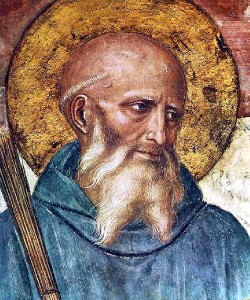Welcome to the Round of the Saintly Sixteen! After 16 bruising battles, we have cut the field from 32 saints to 16. We've already seen our fair share of hotly contested match-ups, blow-outs, and Cinderellas and we're only half-way through the bracket. Lent Madness, like Lent, is part endurance race and we encourage those who have come thus far to buckle down for the duration. As Saint Paul (who was upset by Emma of Hawaii last year) says, "Run with perseverance the race that is set before you."
In this round, we move past basic biographies and delve into what we like to call "Quirks and Quotes." We'll learn some unusual facts about our saints and hear about them, either in their own words or in words uttered or written about them. Some of our holy men and women are quirkier than others and some are more quotable. As always, remember these match-ups are neither fair nor for the faint of heart. If you want a bland Lenten devotion you've come to the wrong place.
The Saintly Sixteen action begins with two modern-day martyrs, Jonathan Daniels and Janani Luwum. In the first round, Daniels defeated Macrina the Younger and Luwum swept past Thomas Tallis. With all of the subsequent rounds you can click on the Bracket 2013 tab and scroll down to find links to the previous match-ups. This is particularly helpful if you need a quick refresher bio when making your decision. Thanks to our unsung Bracket Czar, Adam Thomas, for making this happen!
Yesterday, the final match-up of the second round was set as Dorothy Day slipped past Edward Thomas Demby and will next face Benedict of Nursia. The other Saintly Sixteen pairings are Oscar Romero vs. Lucy, Martin Luther King, Jr. vs. Frances Perkins, Martha of Bethany vs. Harriet Tubman, Luke vs. John Donne, Gregory the Great vs. Florence Li-Tim Oi, and Hilda of Whitby vs. Ignatius of Antioch.
Jonathan Myrick Daniels, a 26-year-old seminarian and Civil Rights worker, was killed by a shotgun blast in 1965 when he pulled a 16-year-old African American girl out of the line of fire.
A native of Keene, New Hampshire, Jonathan Daniels attended the Virginia Military Institute. Though as his yearbook page attests, “The presence of a New Hampshire Yankee in a southern military college has for four years roused the curiosity of his Dixie colleagues,” he was voted Valedictorian of the class of 1961.
After graduation, Daniels began a graduate program in English at Harvard, but the death of his father two years earlier had left him battling depression and a loss of faith. Attending the Church of the Advent on Easter Sunday 1962, he experienced a profound religious experience, inspiring him to leave graduate school and pursue Holy Orders.
Daniels had a similar sense of calling through worship when he decided to go to Selma. After reluctantly deciding “that the idea [of going to Selma] was impractical, and with a faintly tarnished feeling, I tucked in an envelope my contribution to the proposed ‘Selma Fund.’
“I had come to Evening Prayer as usual that evening, and as usual I was singing the Magnificat with the special love and reverence I have always had for Mary’s glad song. ‘He hath showed strength with his arm…' As the lovely hymn of the God-bearer continued, I found myself peculiarly alert, suddenly straining toward the decisive, luminous, Spirit-filled ‘moment’ that would, in retrospect, remind me of others – particularly of one at Easter three years ago. Then it came. ‘He hath put down the mighty from their seat, and hath exalted the humble and meek. He hath filled the hungry with good things…’ I knew then that I must go to Selma.”
This phrase from the Magnificat is included in the collect for the feast of Jonathan Daniels.
From his work in Alabama, Daniels gained a deep understanding of the prejudice that held the whole country in thrall. After speaking to a church group in his hometown, “a militant liberal expressed the wish that I would stop calling the parishioners of St. Paul’s [Selma] ‘Christians’ – ‘churchmen’ would make her happier. Instinctively, I felt defensive for the people of my adopted ‘parish family,’ recalling the painful ambivalence and anguished perplexity some of them were beginning…to feel.” And after being teargassed in Camden, Alabama, “I saw that the men who came at me were themselves not free. Even though they were white and hateful and my enemy, they were human beings too. I began to discover a new freedom in the cross: freedom to love the enemy, and in that freedom, to will and to try to set him free.”
Janani Luwum
As a young boy, Janani Luwum (1922-1977) tended goats. As a young man, soon after his conversion to Christianity, he climbed a tree to preach a sermon to children in the courtyard of a school. As a newly ordained priest, he served twenty-four congregations with only a bicycle on which to get around. So it seems that Archbishop Luwum was only a little quirky.
The strength of his faith is reflected in his words.
Quote from the day he embraced Christianity:
“Today I have become a leader in Christ's army. I am prepared to die in the army of Jesus. As Jesus shed his blood for the people, if it is God's will, I do the same.”
Quote about that conversion:
"When I was converted, after realizing that my sins were forgiven and the implications of Jesus' death and resurrection, I was overwhelmed by a sense of joy and peace.…The reality of Jesus overwhelmed me – and it still does."
Quote from his epilogue to a centennial history of Ugandan Christianity:
“What will happen in the next hundred years or so?…we have seen that the Church is founded on the belief in the sure foundation who is Jesus Christ, the Saviour. He is the sure Rock of our Salvation and therefore we will not fear any evil.”
Quote explaining why his participation in those centennial celebrations would be limited:
"I do not want to be the Archbishop of a dead church, but of a live one."
Quote in response to criticism of his willingness to meet repeatedly with Idi Amin:
"I do not know for how long I shall be occupying this chair. I live as though there will be no tomorrow. I face daily being picked up by the soldiers. While the opportunity is there, I preach the gospel with all my might, and my conscience is clear before God that I have not sided with the present government, which is utterly self-seeking. I have been threatened many times. Whenever I have the opportunity I have told the President the things the churches disapprove of. God is my witness."
Quote whispered to fellow Anglican bishop Festo Kivengere as Archbishop Luwum, like Jesus, was mocked by the soldiers of a dictator before he was executed:
"They are going to kill me. I am not afraid."
Quote spoken to a young lawyer named John Sentamu, who decided to become a priest on the day that Archbishop Luwum was martyred and who now serves as the Archbishop of York:
"We must be Christ to these people: be our advocate and take up their cases. The local prison is filled to capacity with innocent people suspected of opposing the government."
Vote!
[poll id="59"]

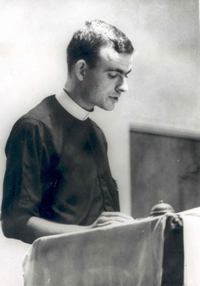
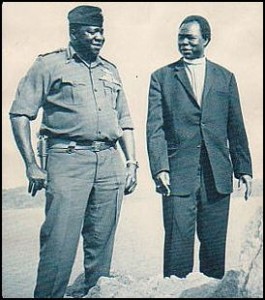
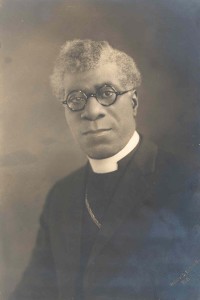
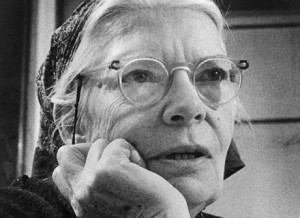

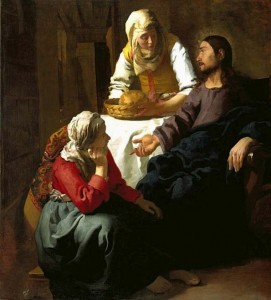
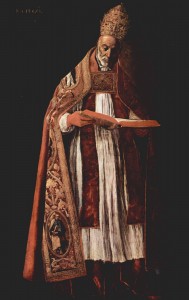
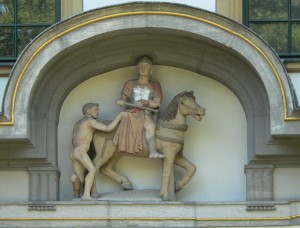

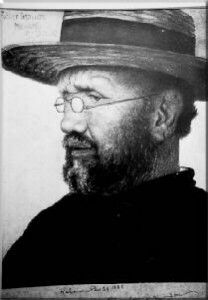
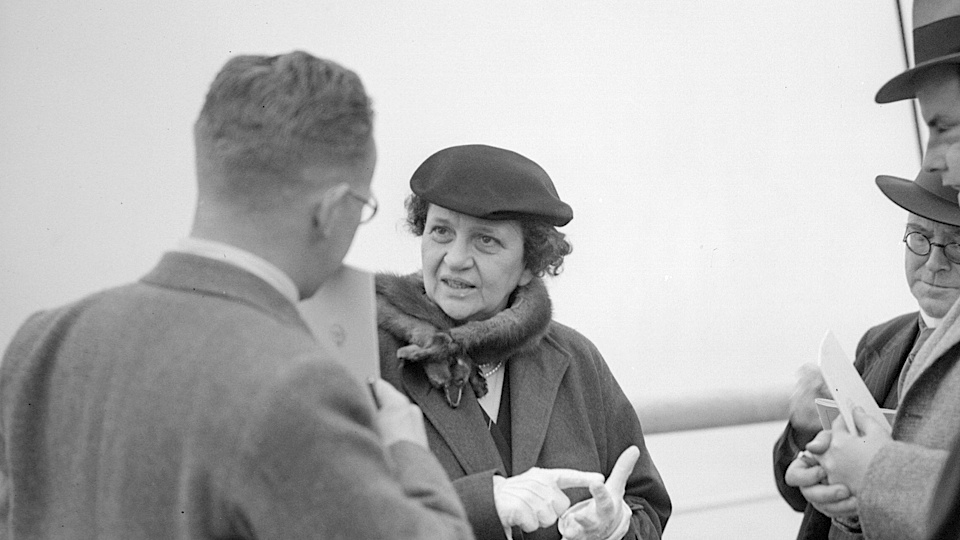
 Unfathomable though it may be, not everyone loves Lent Madness. At meetings of the
Unfathomable though it may be, not everyone loves Lent Madness. At meetings of the  9. The match-ups are unfair
9. The match-ups are unfair